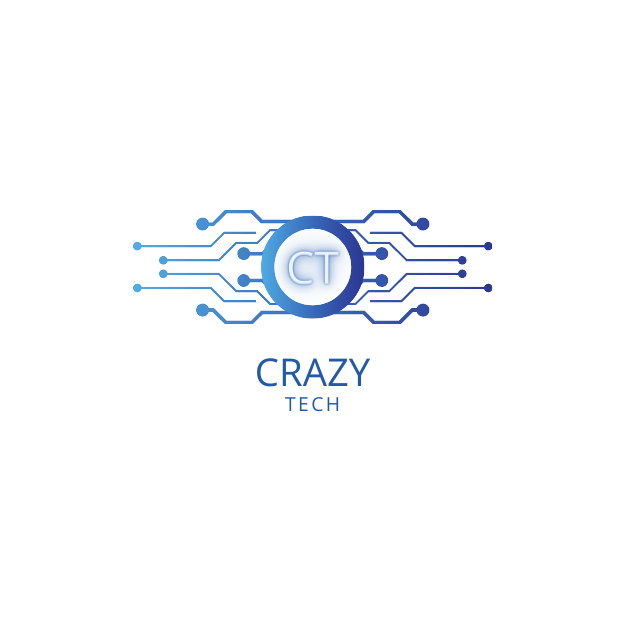Introduction to Google Cloud Vision API
Google Cloud Vision API is a powerful tool that enables developers to build powerful image recognition applications. It allows developers to detect objects, faces, and text within images, as well as detect explicit content.
This API can be used to identify objects, faces, and text in images, as well as detect explicit content. It can also be used to create applications that can recognize handwriting, detect landmarks, and classify images.
Google Cloud Vision API is a machine learning service provided by Google Cloud Platform that allows developers to easily integrate image analysis into their applications. The Vision API uses deep learning models to detect and analyze objects, faces, text, and other image content, and provides a wide range of image recognition and analysis capabilities.
The API can detect objects and scenes within images, recognize text within images, identify inappropriate content, and even detect emotions on people's faces. It can also be used to search for images based on their content, as well as to classify and tag images automatically.
The Vision API is accessible through a REST API, which allows developers to integrate the service into their applications easily. It can also be used in conjunction with other Google Cloud services, such as Google Cloud Storage and Google Cloud Functions.
Some common use cases for the Google Cloud Vision API include image recognition in retail, media, and advertising industries, as well as in the healthcare and security sectors.
Features of Google Cloud Vision API
Google Cloud Vision API offers a wide range of features that can be used to create powerful image recognition applications. It offers features such as object detection, facial recognition, text recognition, explicit content detection, handwriting recognition, landmark detection, and image classification.
The API also offers powerful tools such as the Google Cloud Vision API Explorer, which allows developers to test out the API and its features before implementing them in their applications.
Google Cloud Vision API is a machine learning-based image analysis tool that allows developers to integrate image recognition and analysis capabilities into their applications. Some of the key features of the Google Cloud Vision API include:
Image classification: The API can classify images into predefined categories, such as animals, landmarks, or objects, based on the content of the image.
Object detection: The API can detect and locate objects within an image and provide information about their size and position.
Facial recognition: The API can identify faces within an image and provide information about their emotions, facial features, and demographics.
Optical character recognition (OCR): The API can recognize text within an image and convert it into machine-readable text.
Label detection: The API can detect and identify objects, scenes, and other entities within an image and provide relevant labels.
Landmark detection: The API can identify famous landmarks and provide information about them.
Safe search detection: The API can detect adult or violent content within an image and provide a likelihood score.
Image attribute detection: The API can identify attributes of an image, such as colors, brightness, and contrast.
Web detection: The API can search the web for images similar to the input image and provide information about them.
Overall, the Google Cloud Vision API provides powerful image analysis capabilities that can help developers build applications with advanced image recognition and analysis features
Benefits of Google Cloud Vision API
Google Cloud Vision API offers a wide range of benefits that can be used to create powerful image recognition applications. It is easy to use and can be integrated into existing applications quickly and easily.
The API is also highly scalable and can be used to process large volumes of images quickly and accurately. Additionally, it is secure and reliable, making it a great choice for developers who need to build reliable and secure image recognition applications.
Pricing for Google Cloud Vision API
Google Cloud Vision API is offered in a variety of pricing plans, with different levels of features and pricing options. The most basic plan is free, while more advanced plans are available at a cost.
The pricing plans are designed to meet the needs of developers of all levels, from hobbyists to enterprise developers. The pricing plans are also flexible, allowing developers to customize their plans to meet their specific needs.
As of my knowledge cutoff date, 2021-09, Google Cloud Vision API offered two pricing tiers:
Basic Tier:
First 1,000 units per month are free.
$1.50 USD per 1,000 units for up to 1 million units per month.
Volume discounts are available for usage above 1 million units per month.
Advanced Tier:
$5.00 USD per 1,000 units, regardless of the number of units used per month.
It's important to note that these pricing tiers are subject to change and may have been updated since my knowledge cutoff date. For the most up-to-date pricing information, please refer to the Google Cloud Vision API pricing page.
Example of Google Cloud Vision API
Google Cloud Vision API can be used to create powerful image recognition applications. For example, it can be used to create an application that can detect faces in an image and identify the person in the image.
The API can also be used to create applications that can detect objects in an image, such as cars, animals, or buildings. Additionally, it can be used to create applications that can detect text in an image, such as text in a document or text in a sign.
Conclusion
Google Cloud Vision API is a powerful tool that enables developers to build powerful image recognition applications. It is easy to use and can be integrated into existing applications quickly and easily.
The API is also highly scalable and secure, making it a great choice for developers who need to build reliable and secure image recognition applications. Additionally, it offers a wide range of features and pricing plans to meet the needs of developers of all levels.







nice blog
ReplyDeletevery intresting and helpfull blog and informatic artical
ReplyDelete